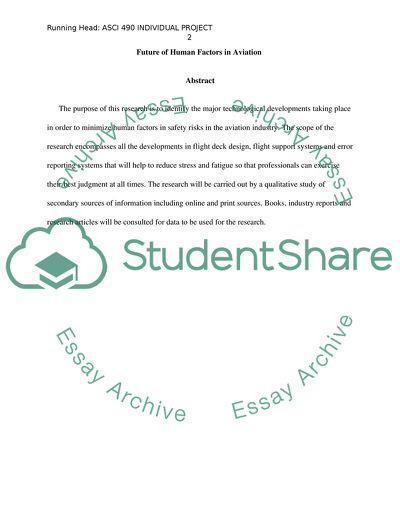Cite this document
(Future of Human Factors in Aviation Research Proposal, n.d.)
Future of Human Factors in Aviation Research Proposal. https://studentshare.org/technology/1807233-future-of-human-factors-in-aviation-capstone-proposal
Future of Human Factors in Aviation Research Proposal. https://studentshare.org/technology/1807233-future-of-human-factors-in-aviation-capstone-proposal
(Future of Human Factors in Aviation Research Proposal)
Future of Human Factors in Aviation Research Proposal. https://studentshare.org/technology/1807233-future-of-human-factors-in-aviation-capstone-proposal.
Future of Human Factors in Aviation Research Proposal. https://studentshare.org/technology/1807233-future-of-human-factors-in-aviation-capstone-proposal.
“Future of Human Factors in Aviation Research Proposal”. https://studentshare.org/technology/1807233-future-of-human-factors-in-aviation-capstone-proposal.


